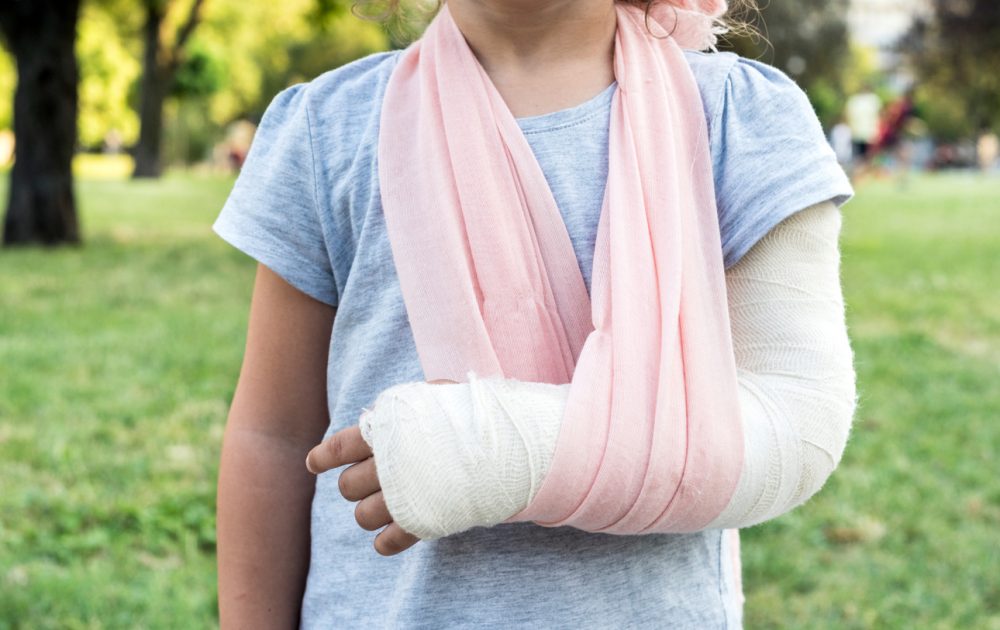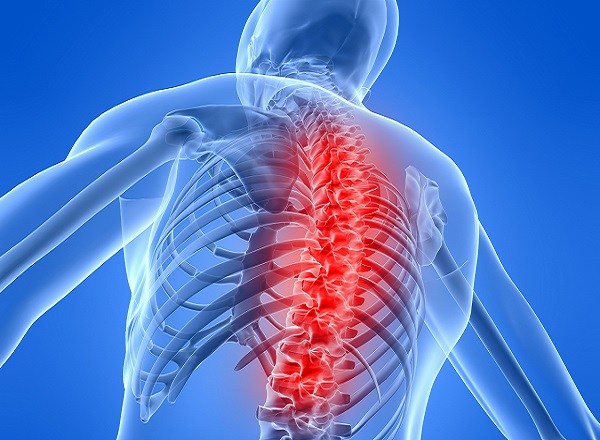Factors such as low bone density and previous fractures are commonly used to predict an individual’s risk of experiencing a fracture over the next 10 years. A new analysis has found that a single bone density measurement and an assessment of fracture history in postmenopausal women can predict fracture risk over a much longer period, up to 25 years.

The findings come from an analysis of data from the Study of Osteoporotic Fractures that assessed bone mineral density and risk factors in 7,959 older women from 1987 to 1989. Follow-up for fractures continued for 25 years for hip fracture, and for 20 years for any non-vertebral fracture.

“By following this cohort of older women for so long, we show directly that lifetime risk of hip fracture in community-dwelling women over age 75 is extremely high,” wrote the authors of the Journal of Bone and Mineral Research study report. “These results strongly support the value of risk assessment and consideration of treatment even in the oldest, highest risk women.”